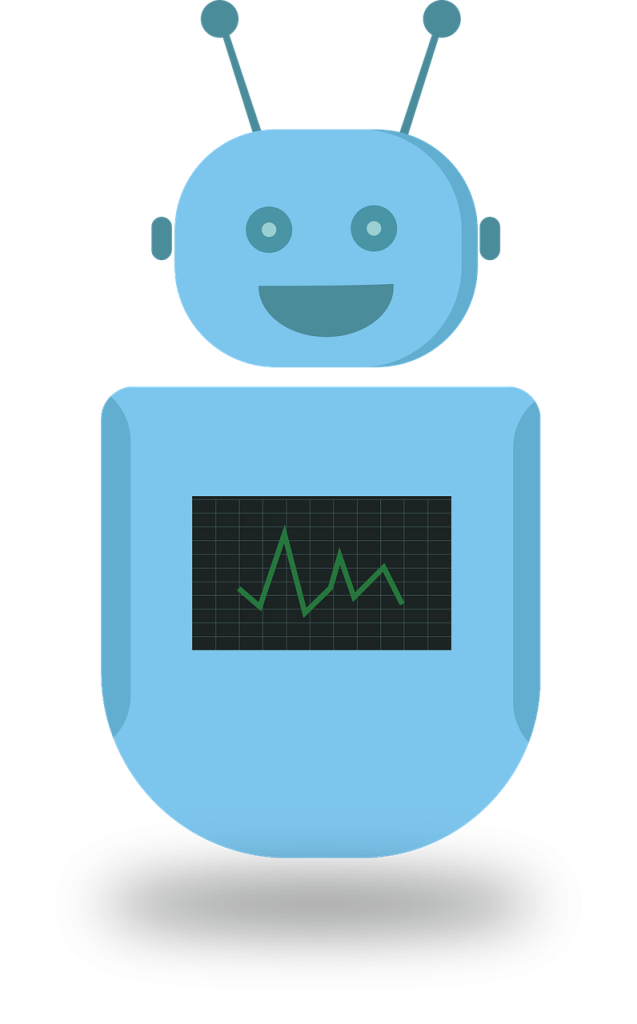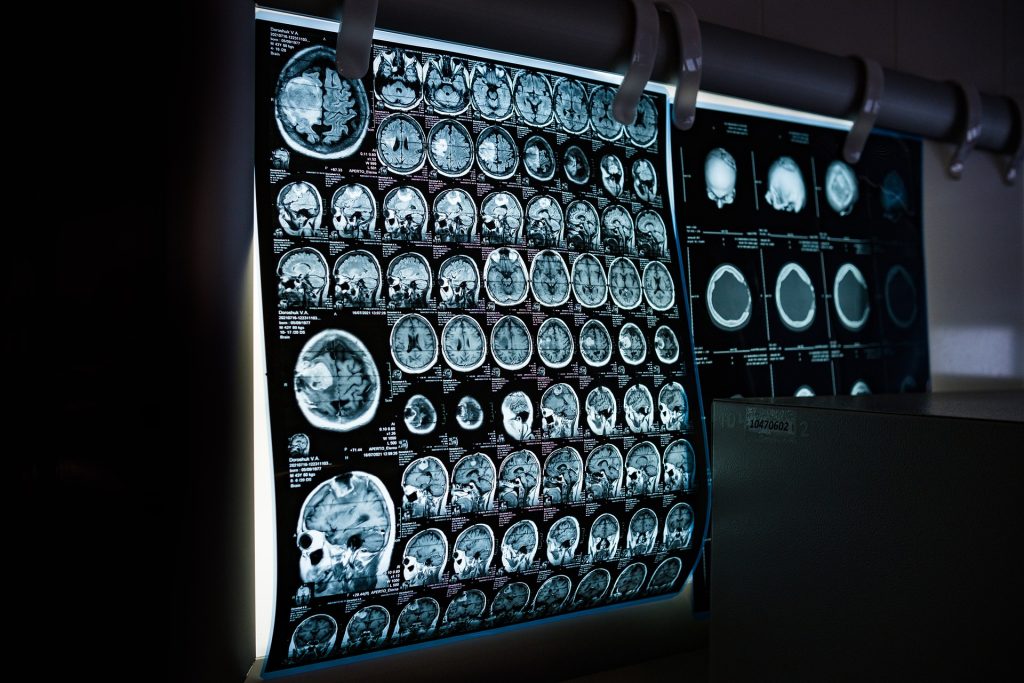
Paper from: http://miso.es/pubs/ACMSAC_2022.pdf
Using chatbots has gained importance in recent years, which has resulted in development of several chatbot platforms (like Amazon Lex, Google DialogFlow or IBM Watson). However, there is a limited number of studies related to quality assurance of chatbots. The paper from Pablo C. Cañizares, Sara Pérez-Soler, Esther Guerra and Juan de Lara addresses just this problem – how to guide testing of chatbots by using design metrics.
The paper proposes six global metrics (e.g., number of intents of the bot), eight intent metrics (e.g., number of training phrases per intent), three entity metrics (e.g., word length), and three flow metrics (e.g., conversation length). By measuring the values for these metrics, software designers of chatbots can predict three usability types – effectiveness, efficiency and satisfaction. To support the measurement process, the paper proposes a tool, available on GitHub, which can be used by practitioners. For some of the metrics, the tool employs machine learning and natural language processing. The metrics and the tool are evaluated on twelve chatbot designs. The tool could identify quality issues in terms of readability, conversation complexity, user experience and bot understanding. This demonstrates the usefulness of the tool in practice and how these metrics can help software developers in designing high-quality bots.
The metrics from the paper are:
- INT – # intents
- ENT – # user-defined entities
- FLOW – # conversation entry points
- PATH – # different conversation flow paths
- CNF – # confusing phrases
- SNT – # positive, neutral, negative output phrases
- TPI – # training phrases per intent
- WPTP – # words per training phrase
- VPTP – # verbs per training phrase
- PPTP – # parameters per training phrase
- WPOP – # words per output phrase
- VPOP – # verbs per output phrase
- CPOP – # characters per output phrase
- READ – reading time of the output phrases
- LPE – # literals per entity
- SPL – # synonyms per literal
- WL – word length
- FACT – # actions per flow
- FPATH – # conversation flow paths
- CL – conversation length
I will try to use these metrics if I write chatbot 🙂






